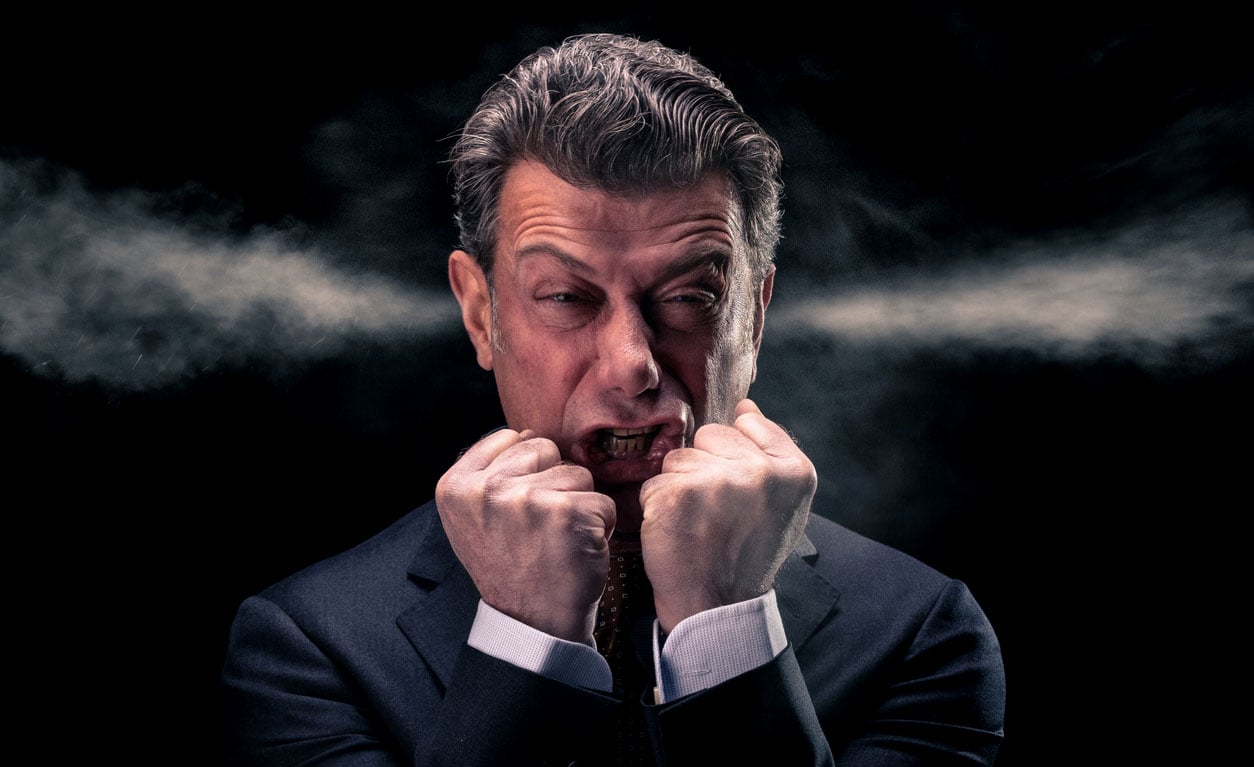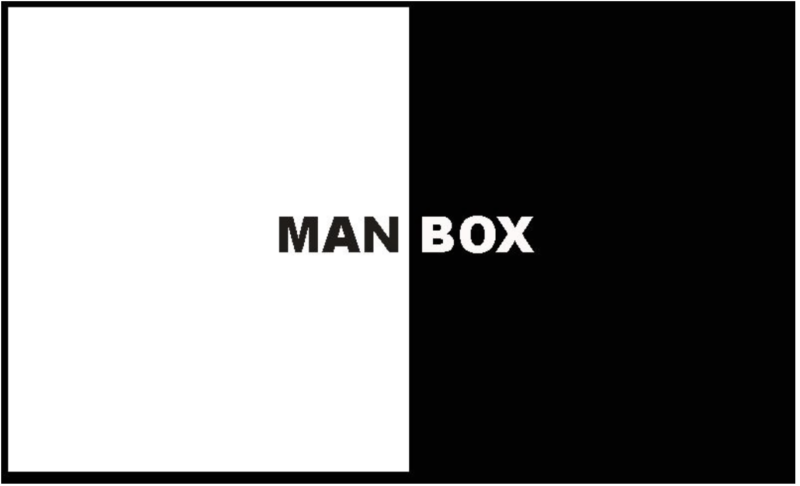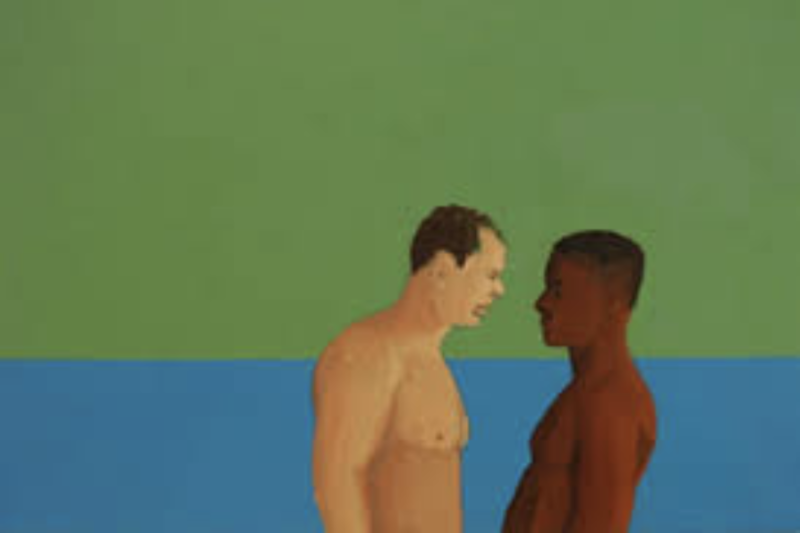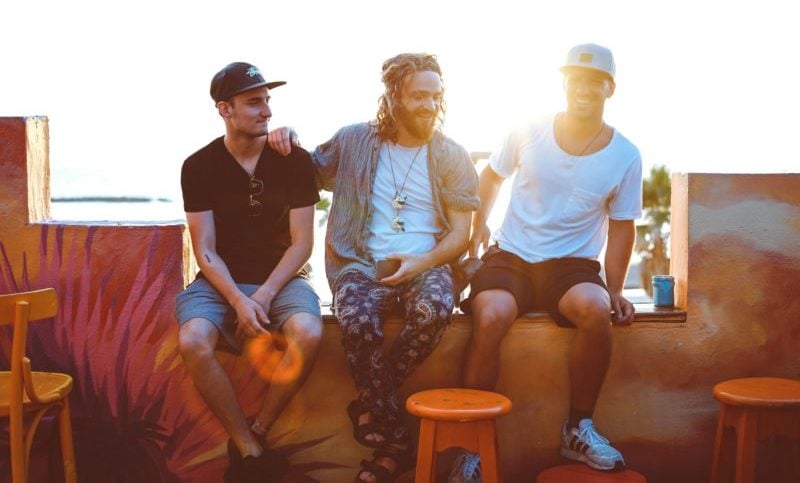Your Name Here: Five Spanish Bullfighting Posters From 1769

If you’re of a certain vintage you’ll remember the colourful bullfighting posters where you could have your name hand-printed, a souvenir of the modern period of Spanish tourism from the 1960s onwards.
There’s a plentiful literature in Spanish on bullfighting, as you might imagine, including bibliographies (there’s a sample below).
Lorca wrote about it (his lament for Ignacio Sánchez Mejias) and Goya and Picasso painted it; and it’s supplied a vast range of metaphors. One might say of a politician: ‘Mr X has made a dextrous pass of the cape’. (In Britain he would have put the ball in the back of the net.) Bullfighters were among the celebrities fêted in Hola.
The BL has recently acquired five posters from 18th-century Madrid.
The venue was the Plaza Extramuros de La Puerta de Alcalá, which opened in 1749 and closed in 1874. It was so called because it was outside the city limits.
The fights were in aid of the Reales Hospitales General and de la Pasión.
Each fight featured 18 bulls and the owners and of course bullfighters are named: Antonio Galeano, Juan de Escobar (both of Seville); Juan de Amisas and his son; Sebastián Vicente González, Severino Rodríguez, el famoso Juan Romero, Miguel Gálvez (alias El Lechero), Manuel Alonso (alias Mal Ojo), Bernardo Assensio (alias El Chavó), el indio Mariano Ceballos, ‘natural de Lima, en el reyno del Perú’, Joseph Romero (alias El Niño Bonito).
Some of the bulls will be ‘embolados’ (with mufflers on their horns).
Performances begin at 10 am and 4 pm.
Spectators sitting in the sun will have government permission to turn down one side of the brim of their hats to shade their eyes; this is not permitted to those seated in the shade. This may have been a reaction to the recent Esquilache riots of March 1766. Charles III’s minister Esquilache had wanted to ban garments which were effective as disguises and for concealing weapons: long capes and broad-brimmed hats. But these were typical Spanish wear, and the natives took against it.
The Esquilache Riots, from José Amador de los Ríos, Historia de la villa y corte de Madrid. (Madrid, 1861-64). 1852.c.20.
Equally interesting is the evidence of what we now call the custodial history of these posters. Posters are ephemera, material intended to be discarded when done with, and therefore rare (see Foster).
These posters are in excellent condition. There’s no glue, showing they were never pasted on a wall. They’ve been folded vertically down the middle, indicating they’ve been kept in an album. On the back are numbers: these I think contemporary with the posters. They’re at the top right nowadays but in the past when folded were on the first ‘page’. (You can see also that the continental 7 hasn’t always had a bar across it.)
On the fifth poster we also see the name ‘Dn Mariano Pizi’ (? or possibly Pizarro). (My thanks to BBM and FGB.) It’s probably not a signature as it lacks the flamboyant ‘rúbrica’ with which Spaniards scribbled over their names (and still do). Perhaps it’s the name of a customer.
So the evidence suggests that someone – Don Mariano? – was collecting bullfighting posters new and keeping them in an album.
And who was Don Mariano? Mariano Pizzi y Frangeschi was professor of Arabic at the Reales Colegios de Madrid. There are various of his works – including an Arabic grammar in verse (Add. MS. 10436, 10437) – in our Manuscript Collections, dated 1764, 1776 and 1782. So we can place him in Madrid around 1769.
He published Tratado de las aguas medicinales de Salam-Bir, que comunmente llaman de Sacedon, escrito en lengua arabe por Agmer-Ben-Ab-Dala, medico en Toledo, en el año de mil cinquenta y quatro ; traducido al idioma castellano e ilustrado con varias notas. This however turned out to be not a translation from the Arabic but a fake written by Pizzi himself (see Bravo).
Title page of Tratado de las aguas medicinales de Salam-Bir (Madrid, 1761) 14535.b.23. (Image shown from a copy in the Wellcome Collection Library)
Furthermore, I was delighted to read in Dowling:
[The famous author] Don Nicolás Fernández de Moratín presided over a group [tertulia] which included the most stimulating intellectuals of the reign of Carlos III, and his son Leandro tells us that the only statute which governed the informal gathering limited conversation to four vital subjects, namely, the theater, bull-fighting, love, and poetry.
Moratín père wrote a poem on the bullfight, Fiesta de toros en Madrid. Dowling again:
The story that went around literary circles in Madrid was that the professor of Arabic in the Estudios Reales, that picturesque fraud Don Mariano Pizzi, had given Don Nicolás a translation from the Arabic on which the poet based his poem.
Further proof that these posters belonged to Pizzi, a man with tastes high and low.
Barry Taylor, Curator Romance Collections
References/Further reading:
On Bullfighting:
Graciano Díaz Arquer, Libros y folletos de toros (Madrid, 1931) 011899.d.35
Biblioteca Nacional (Spain), La fiesta nacional: ensayo de bibliografía taurina (Madrid, 1973) 2725.e.1742
José Sánchez de Neira, El toreo: gran diccionario tauromáquico nueva ed. corregida por el autor (Madrid, 1896-97) 7906.i.27
Luis Carmena y Millán, Bibliografía de la tauromaquia (Madrid, 1883)
2330.d.21.
Luis Carmena y Millán, Tauromaquia: apuntes bibliográficos (Madrid, 1888)
011902.h.20.(2.)
Luis Carmena y Millán, Catálogo de la biblioteca taurina de L. Carmena y Millán (Madrid, 1903)
011907.f.15
Biblioteca Nacional (Lisboa), Bibliografia tauromáquica : impressos e manuscritos (Lisbon, 1927; reprinted [1982?]) YA.1986.b.1293
Anales taurinos (Madrid, 1900-). Includes portraits and advertisements. Discontinued. P.P.1863
Manuel Fernández y González,. Las glorias del toreo … Cuadros biográficos, lances y desgracias de los diestros más célebres … Artículos sobre costumbres de los pueblos aficionados á esta clase de espectáculos. (Madrid, 1879). Our copy was destroyed in WWII (D-7911.c/11), but there is a digitised copy at the Biblioteca Digital de Castilla y León.
On ephemera in the BL:
Ann-Marie Foster, ‘‘I am sending herewith’ – First World War Ephemera at the British Library’, Electronic British Library Journal 2017 article 3
Other:
Julián Bravo, ‘El apócrifo manuscrito árabe sobre Sacedon’
John C. Dowling, ‘The Taurine Works of Nicolás Ferndez de Moratín’, The South Central Bulletin, 22 (1962), 31-34. 8350.250000
Posted by European Studies at 2:48 PM
—
This post was previously published on BLOGS.BL.UK and is republished under a Creative Commons License.
***
You may also like these posts on The Good Men Project:
Join The Good Men Project as a Premium Member today.
All Premium Members get to view The Good Men Project with NO ADS.
A $50 annual membership gives you an all access pass. You can be a part of every call, group, class and community.
A $25 annual membership gives you access to one class, one Social Interest group and our online communities.
A $12 annual membership gives you access to our Friday calls with the publisher, our online community.
Register New Account
Log in if you wish to renew an existing subscription.
Need more info? A complete list of benefits is here.
—
Photo credit: European Studies
The post Your Name Here: Five Spanish Bullfighting Posters From 1769 appeared first on The Good Men Project.

 White Fragility: Talking to White People About Racism
White Fragility: Talking to White People About Racism Escape the “Act Like a Man” Box
Escape the “Act Like a Man” Box Why I Don’t Want to Talk About Race
Why I Don’t Want to Talk About Race What We Talk About When We Talk About Men
What We Talk About When We Talk About Men